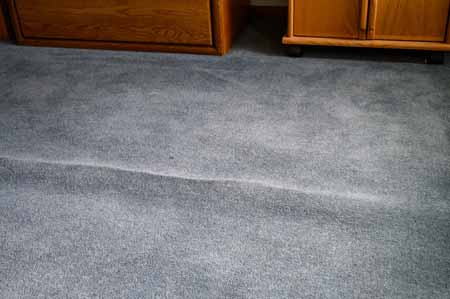
This article is part of a larger series on Investing in Real Estate.
Send to me Table of ContentsDue to aging and constant use by tenants over time, rental buildings experience normal wear and tear. This differs from tenant-caused property damage, which frequently happens due to carelessness, neglect, or abuse. While landlords must repair regular wear and tear, such as faded paint and dents in walls, they are exempt from paying for damage caused by tenants.
In this article, we explore what is normal wear and tear in a rental versus damage, how to document and deduct damage expenses from a security deposit, and property management tools to automate payment and expenses.
Landlords must be able to distinguish between typical deterioration and actual harm done within their properties. This is necessary to not only protect their property investment and keep money in their pockets, but also to keep investment properties free of hazards so tenants are safe.
Typically, normal wear and tear consists of repainting the apartment, repairing the bathroom and kitchen tile and grout, buffing the floors, and doing a deep cleaning. On the other hand, tenants are responsible for more considerable damages like holes in the wall, broken windows, or tears in the carpet. These are issues that would not arise due to age or deterioration but rather intentional harm or neglect.
Below is a list of everyday items found in rental properties, along with the proper distinction between normal wear and tear and property damage.
The landlord is responsible for wear and tear concerns, which will be included in their maintenance or tenant turnover expenses. Carpet, painting, and flooring are landlords’ most common wear and tear problems. Not only are these the most expensive items to repair or replace, but they are also the most time-consuming. However, there are a lot of other things that a landlord needs to consider, like countertops, walls, and windows.
The tenant will be responsible for any property damage found by the landlord during moving out or routine maintenance checks. This will include scratches on floors or walls, excessive stains on carpets and countertops, or holes in walls and ceilings.
Check out the table below to know what is considered normal wear and tear in a rental and how it differs from tenant-caused damage. Then, review the details and pictures in the chart below to visualize the difference between normal wear and tear vs damage.
Type of Material Average Years of Useful Life Normal Wear & Tear (Landlord’s Responsibility) Tenant Damage (Tenant’s Responsibility) CarpetFading due to sunlight exposure or is highly worn from age and gently worn carpets that show some worn patches but no holes or stains

Heavily stained carpets, burns, tears, excessive fraying, and ripped carpeting due to pets, negligence, or abuse
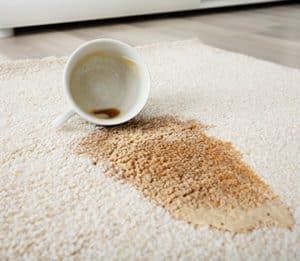



Deeply scratched hardwood floors, pieces of the hardwood missing, and ripped-out floorboards due to excessive force or neglect

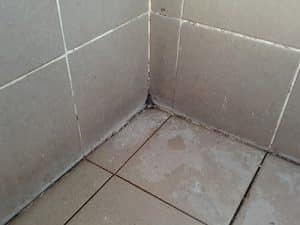
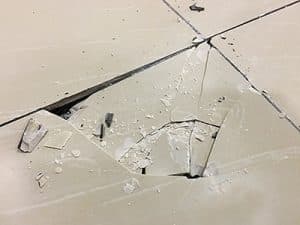
Lightly scratched glass, worn, loose hardware, uncomfortable drafts, air leaks, broken seals, rotten window frames, and clunky windows
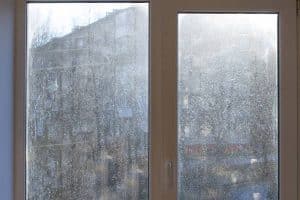
Broken glass, ripped screens, broken window hardware and frames, broken blinds, torn drapes, and damaged window treatments due to pet scratches
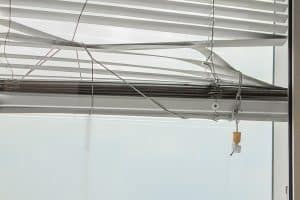
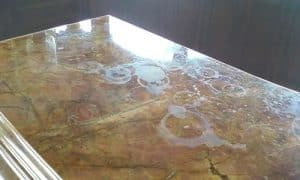
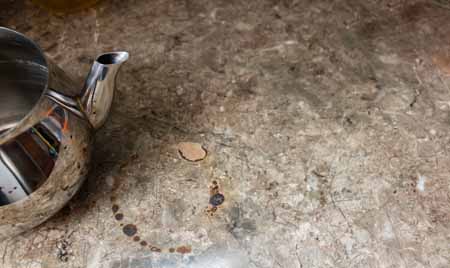
Cracks or marks in the walls caused by settling, damp patches, small holes, efflorescence, loose plaster, and staining due to mildew

Cracks and holes on the wall due to excessive force, as well as unauthorized wallpaper and paint jobs
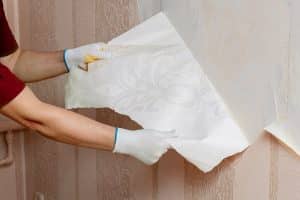
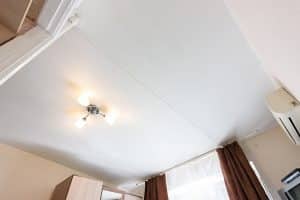
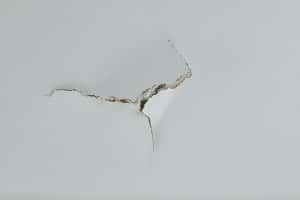
Pets are frequently to blame for apartment damage. However, “pet rent” is not the same as pet fees or pet deposits that cover damage to the property caused by pets. Some state laws would prohibit landlords from using the security deposit to cover pet damage costs if renters paid a pet deposit or fee. Remember that a pet fee is not refundable, but a pet deposit is a one-time fee. Check your state’s landlord-tenant laws to determine how much you can charge a tenant for pet damage.
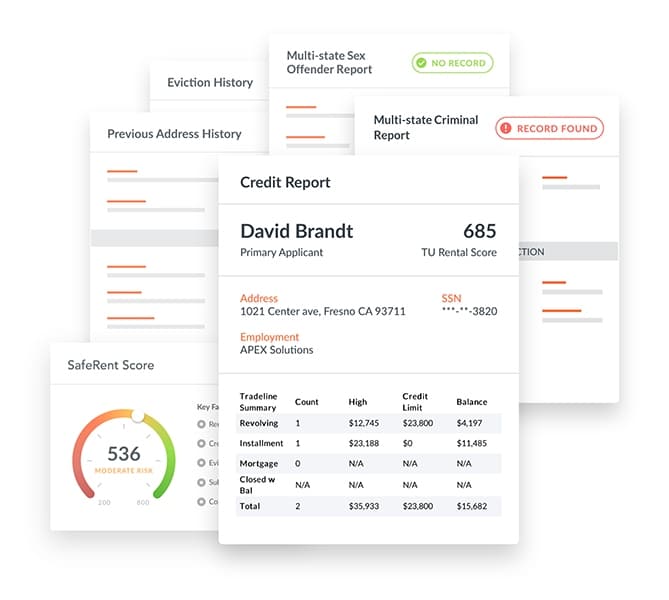
Tenant screening options from MyRental
To avoid tenants with a history of property damage, properly examine applicants and contact prior landlords for references. With MyRental, you can accomplish this online. With the aid of this tenant screening tool, you can carry out a wide range of financial and background checks. Its SafeRent Score identifies tenants more likely to take care of your property and pay rent on time. Additionally, users of Fit Small Business receive a 20% discount on landing pages—no promo code is needed.
A complete rental property inspection should be performed before and after a tenant occupies the unit to keep track of new and existing damage. The landlord should use a rental inspection checklist to examine the overall condition of each room and document conditions.
This will serve as a reference and will assist you in identifying normal rental wear and tear and property damage throughout the lease. More significantly, this prevents you from wrongly charging the tenant and helps you avoid landlord-tenant problems.
The following are five steps to accurately document normal wear and tear vs damage:
Create a move-in and move-out checklist that you can use with each renter before renting your property. Alternatively, you may get started right now by downloading our checklist below.
FILE TO DOWNLOAD OR INTEGRATE
Rental Move-in & Move-out Checklist
Download as PDF Download as Word Doc Download as Google Doc
When signing a lease with a new renter, show them this checklist so they know you will inspect the property on the day they enter and leave. This will build trust and transparency with your tenants and demonstrate that you care about keeping your property clean and well-maintained.
Print the move-in/move-out checklist and inspect each room thoroughly with the tenant. The tenant and landlord will work together to complete the checklist and mutually agree on the state of the property upon move-in. Document the property’s current condition and take pictures of every spot, including all appliances and outdoor areas. Each party will keep a copy of the signed checklist for their records.

Example section from month-to-month lease agreement
All tenant expectations, such as who is accountable for mowing the lawn, shoveling snow, and maintaining common areas, should be clarified in writing and included in the lease agreement to prevent legal conflicts. In the contract, you should also state that you can deduct expenses from the security deposit to repair tenant-caused damages. For damage costs exceeding the security deposit, landlords may seek reimbursement through an agreement with the tenant or legal action.

Lease creation using TurboTenant
Property management tools, such as TurboTenant, make it simple to create state-specific lease agreements. TurboTenant lease agreement templates are created by lawyers and include all elements required to comply with your state’s landlord-tenant laws. Include lease details, rent, security deposits, other fees, pet and smoking regulations, and other clauses about your rental unit.
New Feature: Use AI to your advantage with TurboTenant’s FREE Lease Agreement Audit tool. It’s an AI tool made specifically to review your lease documents and detect risks so your leases stay compliant with constantly changing legal regulations. Just upload your lease and let TurboTenant do the rest. Plus, it’s 100% free and takes only 15 seconds to complete the audit. Check it out today!
The landlord or property manager is in charge of performing periodic inspections and ensuring the property is safe. Evaluate each tenant’s property every three to four months, but also inspect the building’s interior and exterior weekly and monthly. This shows the tenant that you care about the property and want them to do the same. This will also assist you in keeping track of normal depreciation and noting tenant-caused damage, and allow you to determine whether anything needs to be repaired.
Download our Rental Property Maintenance Checklist to ensure you have a comprehensive list of items.Always promptly reply to tenant requests to demonstrate that maintenance is done on time—thus, rent should be paid on time. It’s also less expensive to fix an issue when it arises than wait for it to worsen. If the request is for normal depreciation, making immediate repairs helps avoid tenant-caused damage.

Maintenance requests with photo upload (Source: Avail)
Tenants must report any property damage immediately so landlords can repair it immediately. Tenants may quickly escalate maintenance requests to landlords and seek repairs using real estate software like Avail. It is a property management platform that allows landlords to manage their rentals and property maintenance online. Tenants could also upload images of the problem, send in-app messages, and monitor for updates on their requests. Visit Avail
The tenant and the landlord should use the move-out checklist to determine whether any of the tenant’s security deposit will be retained for cleaning or repairs after they move out. Compare the move-out checklist to the move-in checklist to determine how the property was before the tenant moved in and whether there is any damage the renter should be accountable for. Remember to photograph and document any damage.
The security deposit tenants pay at the start of their lease protects the landlord. In the event of tenant-caused damage, the landlord can deduct repair costs from the security deposit. If there is damage, the landlord should get a contractor’s quote to estimate the cost for fixes, subtract the amount from the security deposit, and send the itemized deductions to the tenant. Remember that security deposit laws differ in every state. While using a contractor’s bid is preferable, most states allow an itemized deduction list. Other deductions include unpaid utilities and overdue rent, for which you must submit proof of payment. If the landlord fails to deliver the complete list of itemized deductions within the specified time frame, the tenant may sue in small claims court. Here is an example of a security deposit deduction spreadsheet: